A marine creature from Scottish folklore, the Loch Ness Monster is one of the most famous cryptids in history — but is it actually real?
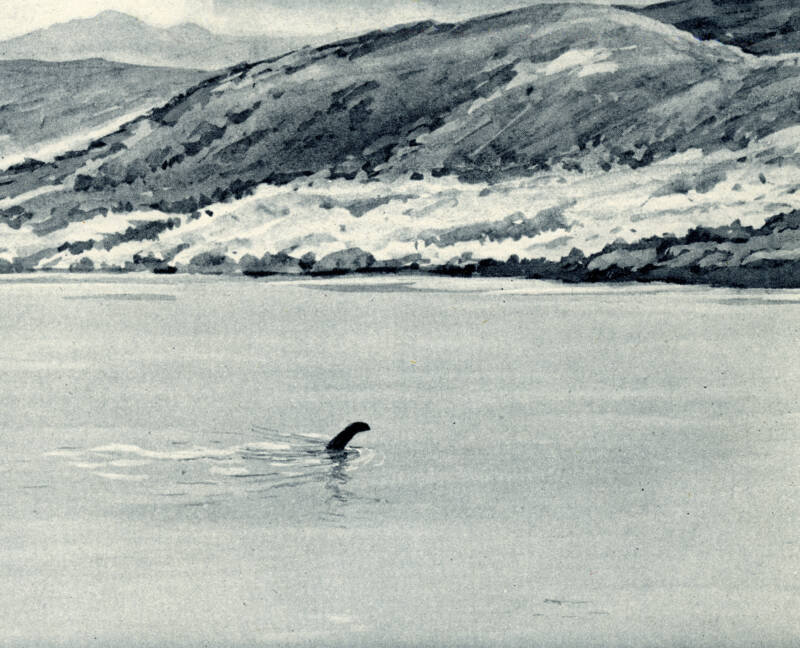
Culture Club/Bridgeman via Getty ImagesAn illustration of the Loch Ness Monster from 1935.
In 1933, journalists, lookie-loos, and curious locals alike rushed to the shores of a freshwater lake in Scotland, south of Inverness. They were all hoping to catch a glimpse of the same thing: the so-called Loch Ness Monster, which had been allegedly spotted by a couple out for a drive.
The enormous marine creature, the couple claimed, had been “rolling and plunging on the surface.” Their account captivated the world — especially when photographic “evidence” emerged the next year — but it was hardly the first time that someone had reported a monster in Loch Ness.
In fact, accounts of a strange animal living in Loch Ness can be traced back to the 6th century, and perhaps even earlier. But is there truly some sort of monster living in the lake? Or is the whole thing an elaborate hoax?
Here’s the full history of the Loch Ness Monster legend, from ancient sightings, to debunked evidence, to plausible explanations.
The Ancient History Of The Loch Ness Monster
Hundreds of years before the world became obsessed with “Nessie,” ancient people recorded evidence of a strange beast in the region. PBS reports that when first-century Romans arrived in Scotland, they came upon carvings made by Picts, a group of fierce, heavily-tattooed Celtic peoples in the area.
The Romans could identify most of the carvings. But one still defies explanation. It seems to have flippers and a long beak, and it has been described as a “swimming elephant.” But its limp position also suggests that it’s floating, which is why some believe that it’s the Loch Ness Monster.
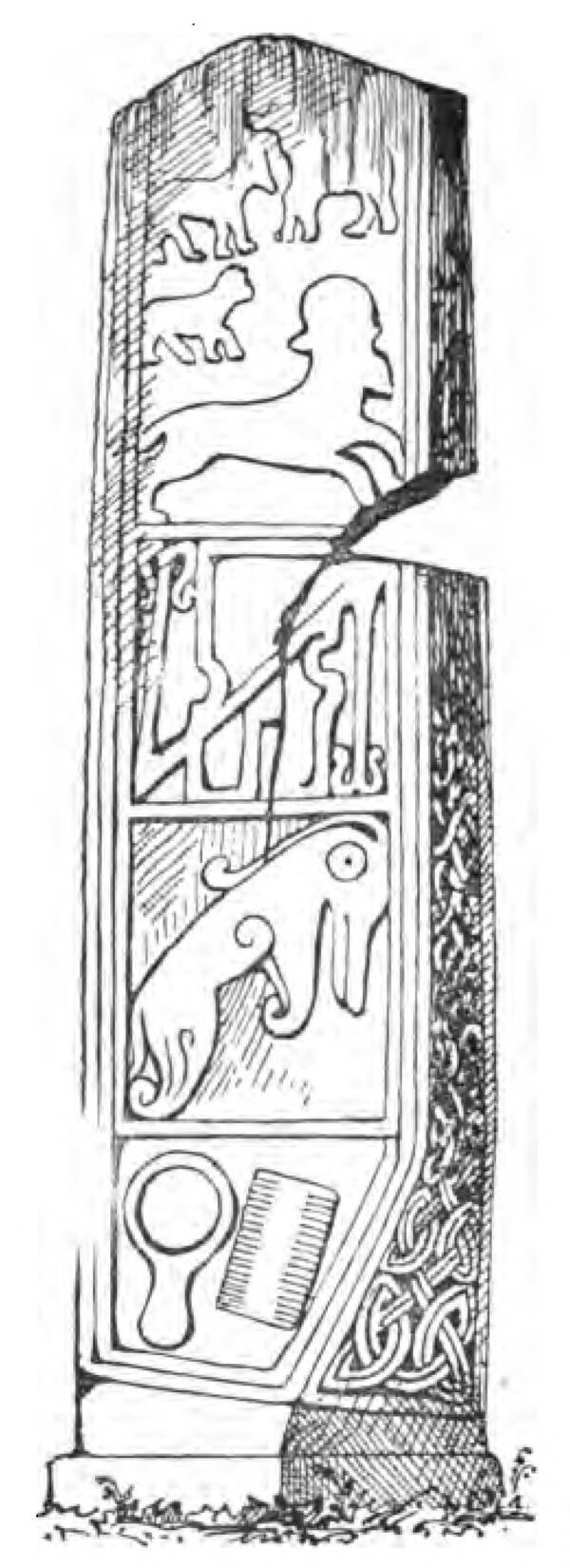
Public DomainThe Maiden Stone, a Pictish carving that ancient Romans came across in the 1st century, seems to depict an unidentifiable animal, which some believe is the fabled Loch Ness Monster.
Whether or not the Pictish carving shows a creature similar to the Loch Ness Monster is up for debate. But hundreds of years later, another apparent sighting of a Scottish cryptid took place. Then, in 565 C.E., an Irish abbot named St. Columba allegedly encountered a beast in Loch Ness.
As the National Catholic Register reports, St. Columba met a tribe of Picts who told him that an enormous “water beast” had killed one of their own. St. Columba went to the lake’s edge, where he asked one of his fellow monks to swim across the water and retrieve a boat from the other side.
As the man got closer to the center of the lake, the beast reared out of the water. St. Columba allegedly stepped forward, made a sign of the cross, and shouted: “You will go no further! Do not touch the man! Leave at once!”

TwitterThe abbot St. Columba, facing down a beast that some suspect was the Loch Ness Monster.
To the shock of the Picts, the water beast obeyed. They were so impressed that they all purportedly converted to Christianity on the spot.
The waters of Loch Ness reportedly stayed quiet for long after that, though rumors remained of something unusual in the lake. But everything changed in 1933 when a local couple claimed to have seen a monster in Loch Ness.
The 20th-Century Sighting That Cemented The Legend Of The Loch Ness Monster
On April 14, 1933, Aldie Mackay was driving along a new road near Loch Ness with her husband when she saw something in the water. It looked black and wet, and, as Mackay watched in horror, it plunged back into the depths.
“Stop!” she cried. “The beast!”
Weeks later, the Inverness Courier reported Mackay’s sighting, writing that a local couple had seen a “monster” in Loch Ness, “an enormous animal rolling and plunging on the surface.” Before long, other sightings followed.
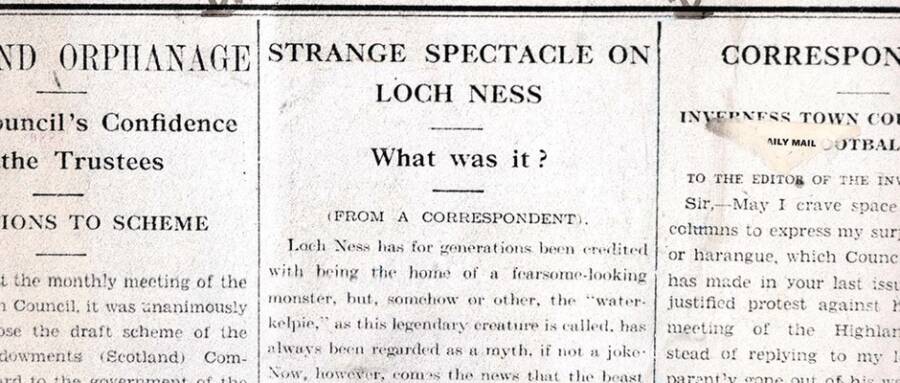
National Library Of Scotland/FacebookOn May 2, 1933, the Inverness Courier reported Mackay’s sighting of a “monster” in Loch Ness.
The BBC reports that clergymen, fishermen, students, police inspectors, and bank managers alike all claimed to see the beast. And people didn’t just report seeing the Loch Ness Monster in the lake. Some witnesses also started claiming that they’d crossed paths with the beast while on land.
On July 22nd, George Spicer and his wife claimed that they saw a gray, trunk-like object move across the road and disappear into the nearby water, according to Historic UK. Months later, in January 1934, a veterinary student named Arthur Grant claimed that he nearly collided with a long-necked creature while riding his motorbike late one night near Loch Ness.
TwitterAn artist’s depiction of what Arthur Grant saw in January 1934 near Loch Ness.
PBS reports that one man, a big-game hunter named Marmaduke Wetherell, was even able to track down unusually large footprints near the shore of Loch Ness after being hired by the London Daily Mail. “MONSTER OF LOCH NESS IS NOT LEGEND BUT A FACT,” the Daily Mail blared.
It didn’t take long, however, for these large footprints to be identified as belonging to a hippopotamus, leading to accusations that Wetherell had fabricated them by using a stuffed hippopotamus foot.
For disbelievers, these sightings — especially Wetherell’s — were easy to dismiss. But then in 1934, shocking photographic evidence emerged that appeared to confirm the Loch Ness Monster’s existence.
Loch Ness Monster: Fact Or Fiction?
In April 1934, the Daily Mail published a shocking photo that seemed to depict the Loch Ness Monster. The paper had bought the photograph from a London physician named Robert Kenneth Wilson, who claimed that he’d snapped the iconic shot while driving up to Inverness to photograph birds.
For decades, the 1934 photo acted as the ultimate proof for believers in “Nessie.” But in 1994, the story of the photograph took a shocking turn. Then, it came out that Wetherell — unhappy with his treatment by the Daily Mail — had enlisted the help of his son, Ian, and his stepson, Christian Spurling, to fake a photo of the legendary Scottish cryptid. And Wilson, who was persuaded by the Wetherells to help since they shared mutual friends, gave the family the perfect cover (and credibility) to pull the hoax off.
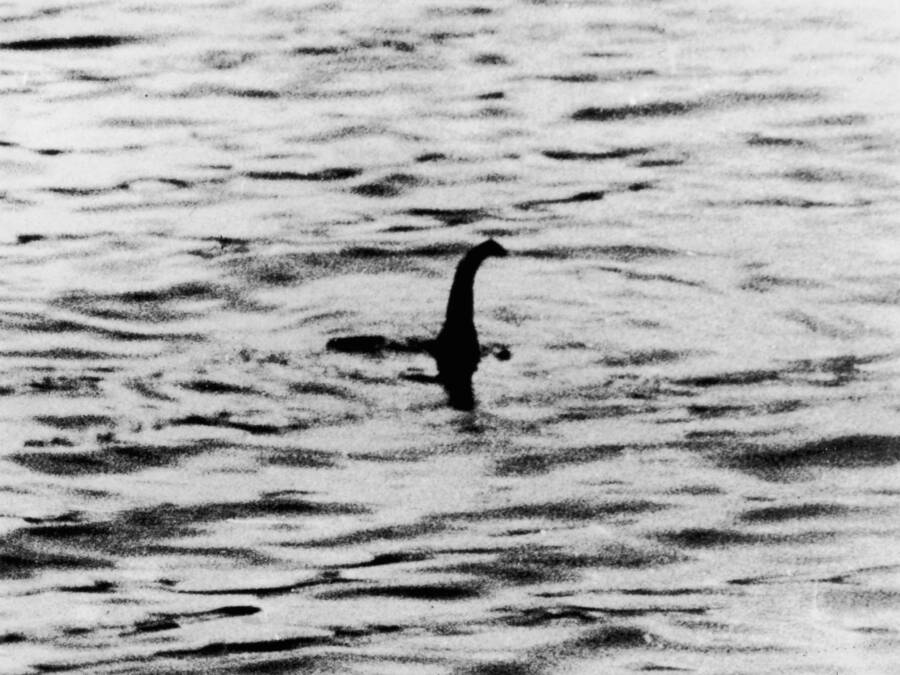
Keystone/Getty ImagesThis 1934 photograph appeared to show the Loch Ness Monster — but it was revealed to be a fake decades later.
Ian Wetherell had actually confessed that the photo was fake in 1975, but according to PBS, almost no one paid him any attention. It wasn’t until Loch Ness enthusiast Alastair Boyd tracked down the ailing Spurling that Spurling shared the full story, admitting that the “monster” in the photo was actually plastic wood that had been painted gray and grafted to a toy submarine.
So is the Loch Ness Monster nothing more than a legend? Vox points out a number of other reasons why the famous cryptid couldn’t have actually existed, including the fact that no bones have ever been found, and that the lake is too small and too cold to support a reptile-like creature like Nessie.
That said, it is possible that something strange lived or lives in Loch Ness.
What Lives In The Legendary Lake?
Though some of the most compelling evidence regarding the Loch Ness Monster turned out to be fabricated, studies of the lake itself have suggested that there’s some kind of fascinating creature living in its depths.
Sonar expeditions in the 1960s at Loch Ness discerned some kind of large, moving objects in the lake. And in 1975, an expedition that combined sonar and underwater photography seemed to capture some kind of giant flipper. So what is living in Loch Ness — if anything?
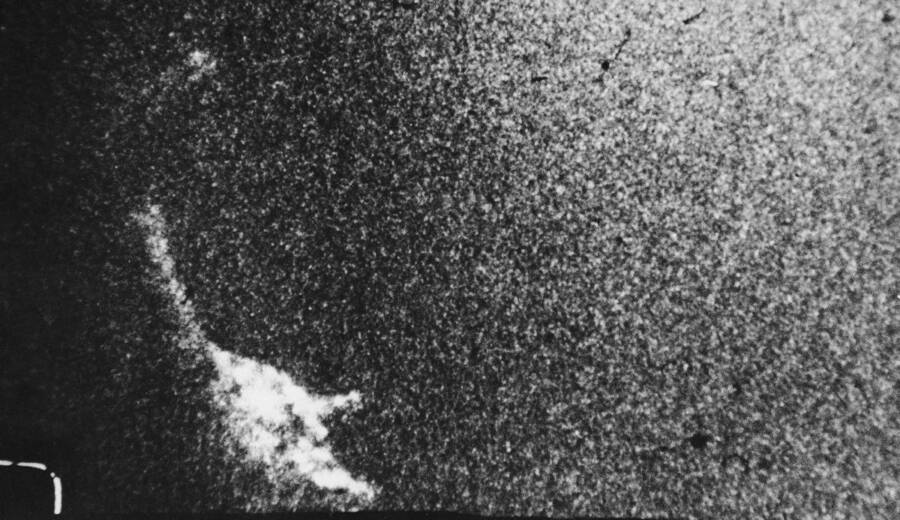
Academy of Applied ScienceAn underwater photograph of what appears to be a flipper, captured by “monster hunter” Robert H. Rines in the 1970s.
The first — and least plausible — explanation is that the Loch Ness Monster is the last surviving ancestor of some kind of dinosaur. Some people who support this theory have suggested that Nessie could be a plesiosaur, a long-necked marine reptile that first appeared some 200 million years ago.
But this is unlikely. For one thing, the lake is probably too cold for a plesiosaur (unless it had undergone some major adaptations). For another, plesiosaurs have likely been extinct for more than 60 million years.
In search of answers, geneticist Neil Gemmell of New Zealand’s University of Otago set out to study the DNA of Loch Ness itself. According to the Washington Post, he and his team analyzed DNA in 250 water samples from the lake and found no genetic evidence of prehistoric reptiles like the plesiosaur (or sharks, catfish, or sturgeons, for that matter).
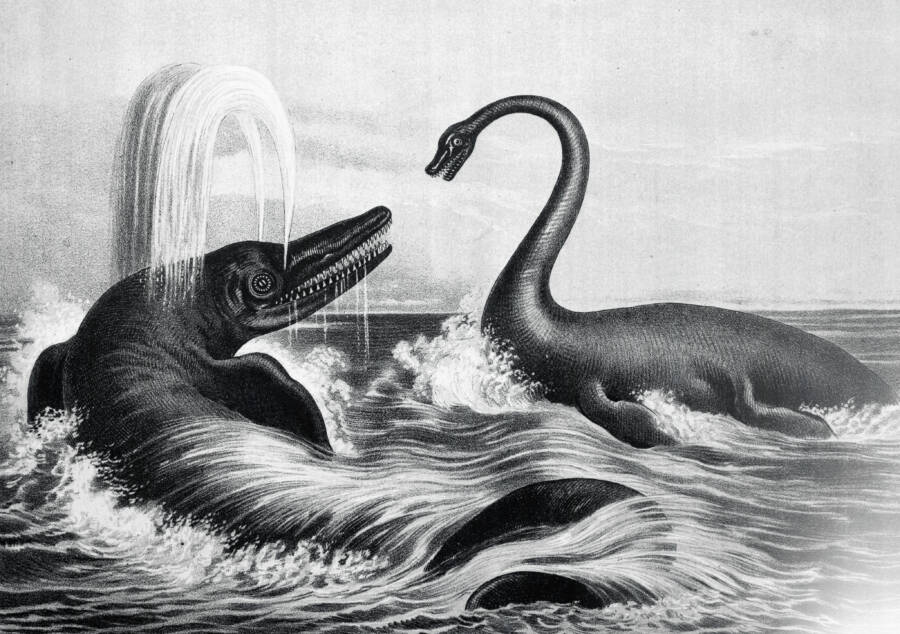
Bettmann/Getty ImagesA depiction of a plesiosaur battling an ichthyosaurus.
But Gemmell and his team did find plenty of eel DNA.
“The remaining theory that we cannot refute based on the environmental DNA data obtained is that what people are seeing is a very large eel,” he and his team wrote. But while this idea is compelling, the largest eel ever caught in Europe weighed just 12 pounds, which isn’t exactly monstrous.
So what have people seen at Loch Ness? Other explanations include oscillations in the surface of the water, huge fish, or simply floating branches. In other words, perhaps all the Loch Ness Monster sightings were a trick of the light, or a strange shape caught in the corner of someone’s eye.
Then again, maybe not. The faked evidence aside, maybe there is truly something swimming in the depths of Loch Ness that belies belief. After all, Picts, Christian saints, and 20th-century couples out for a drive have all described more or less the same thing, a dark, long-necked creature.
To find out the truth, perhaps you’ll have to go to Loch Ness yourself. Maybe in the dead of night, you’ll see a ripple in the water that could be the wind — or the legendary Loch Ness Monster out for a swim.
After reading about the fact and fiction of the Loch Ness Monster, discover the incredible story of the Australian Bigfoot-like cryptid called Yowie. Or, look through these enchanting photos of Fairy Glen, the Scottish valley so magical that some believe that it was created by fairies.





